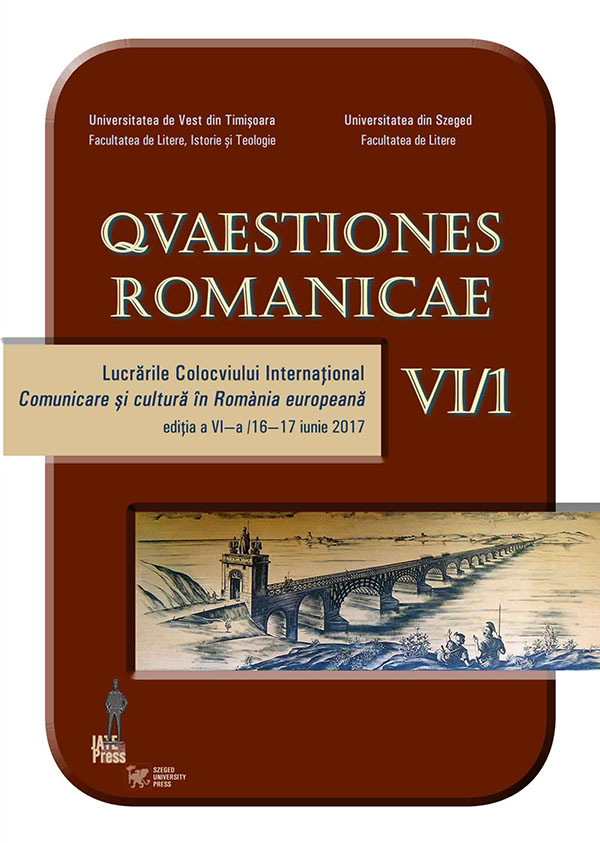Cervantes y los cánones de belleza femenina
Abstract: (Cervantes and the canons of feminine beauty) We can safely say that beauty is the most constant human obsession, or at least one of the most constant. There is no great writer who has not written a sentence about beauty. Umberto Eco in the introduction of his “History of Beauty” warns that the beauty is not absolute or immutable, and has changed of face according to the time, and often there have even coexisted several models of beauty, several aesthetic canons. Cervantes is a subtle connoisseur of the female soul and a great admirer of women. The Spanish writer gives special emphasis to the feminine beauty in his works. Cervantes adopts the Platonic conception, so powerful for many centuries, so that in the Cervantes works, beauty is related to virtue, a beautiful person is also virtuous, and there is no beauty without virtue. Cervantes uses the aesthetic canons of his time to describe beautiful women: golden hair, coral lips, rosy cheeks, pearl teeth. This is the description of Galatea, of the heroines of the Exemplary Novels, or of Dulcinea. However, Cervantes himself seems to make fun of these canons, through the speech of The Lawyer of Glass, who highlights the ridiculousness of such literary topics.
Keywords: canons, feminine beauty, Spanish literature, Cervantes.
Resumen: Podemos afirmar sin miedo a equivocarnos que la belleza es la más constante obsesión humana, o al menos una de las más constantes. No existe gran escritor que no haya escrito alguna frase sobre la belleza. Umberto Eco en la introducción de su “Historia de la belleza” advierte que la belleza no es absoluta o inmutable, y ha cambiado de rostro según la época, y a menudo han coexistido incluso varios modelos de belleza, varios cánones estéticos. Cervantes es un sutil conocedor del alma femenina, y gran admirador de las mujeres. El escritor español concede un lugar importante a la belleza femenina en sus obras. Cervantes adopta la concepción platónica, tan poderosa durante muchos siglos, de manera que, en las obras cervantinas, la belleza está relacionada con la virtud, una persona bella es también virtuosa, no hay belleza sin virtud. Cervantes utiliza los cánones estéticos de su época para describir a las mujeres guapas: cabellos de oro, labios de coral, mejillas de rosa, dientes de perla. Esta es la descripción de Galatea, de las heroínas de las Novelas ejemplares, o de Dulcinea. Sin embargo, Cervantes mismo parece burlarse de estos
Palabras clave: cánones, belleza femenina, literatura española, Renacimiento, Cervantes.
